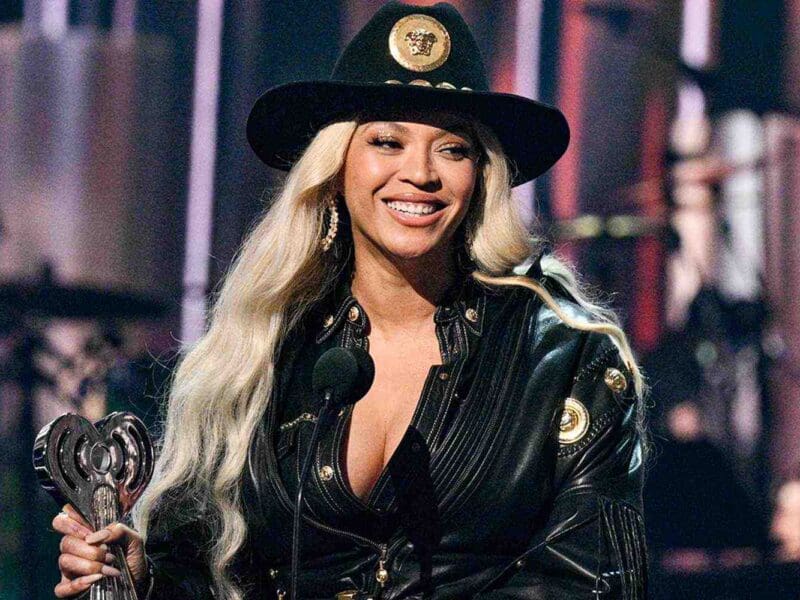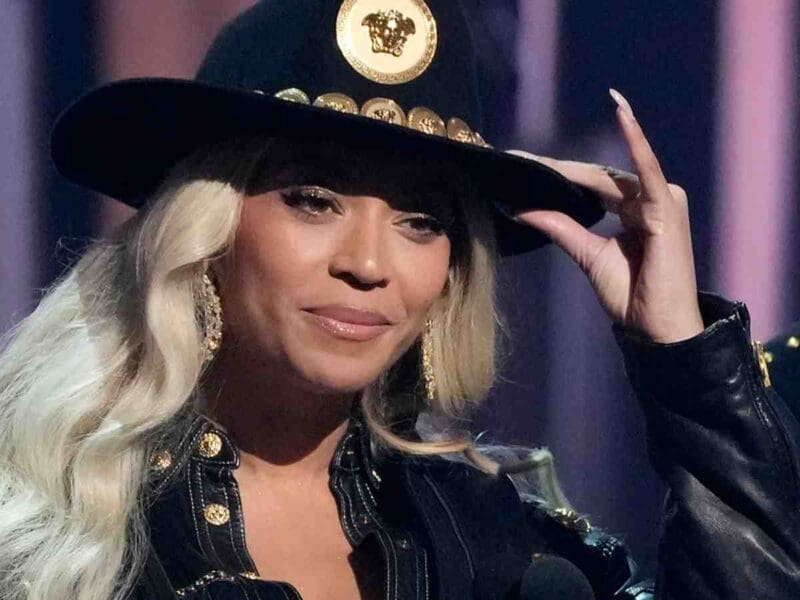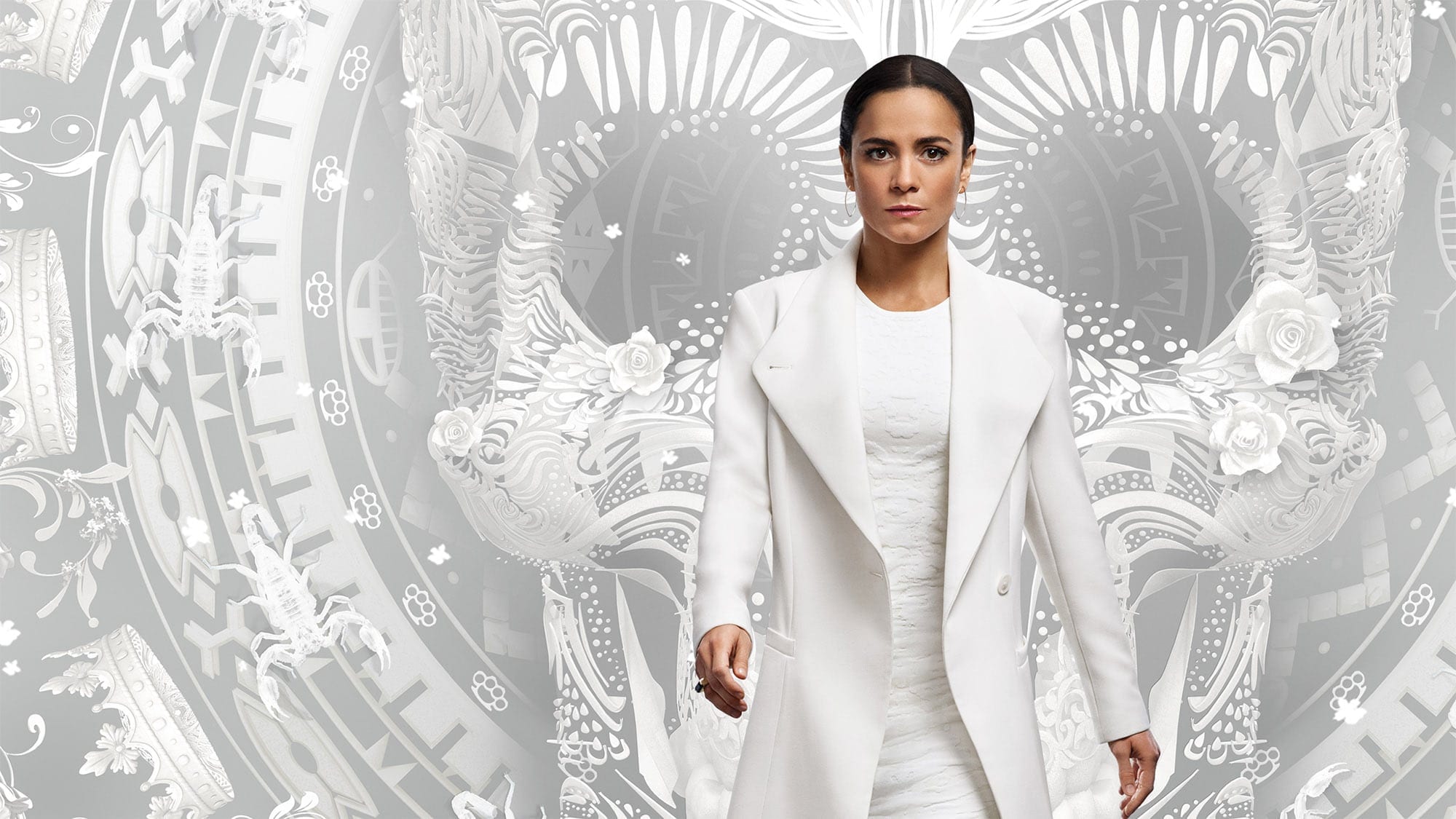
Will there be ‘Queen of the South’ season 6? Listen to its killer soundtrack
Season five of Queen of the South was stated to be its last on the USA Network, closing the curtain on more high-octane drama from our Queen of the screen Teresa Mendoza (played by the glorious Alice Braga).
Loosely based on a true story and adapted from Arturo Pérez-Reverte’s bestselling novel of the same name, the show centers on Teresa as a woman forced to run from a Mexican cartel and seek refuge in America. As she fights for survival, she strikes out as a drug smuggler and works her way up the drug cartel ladder while racking up a string of enemies along the way.
We’ve already discussed all the reasons why Teresa is the most badass boss b*tch on TV, but today we’re turning our attention to the sound design of the show. Anyone who’s still hoping for season 6 has even tuned in to the first few episodes will have noticed the rhythmic, pulsating electronic score that perfectly matches the moments of tension throughout the show.
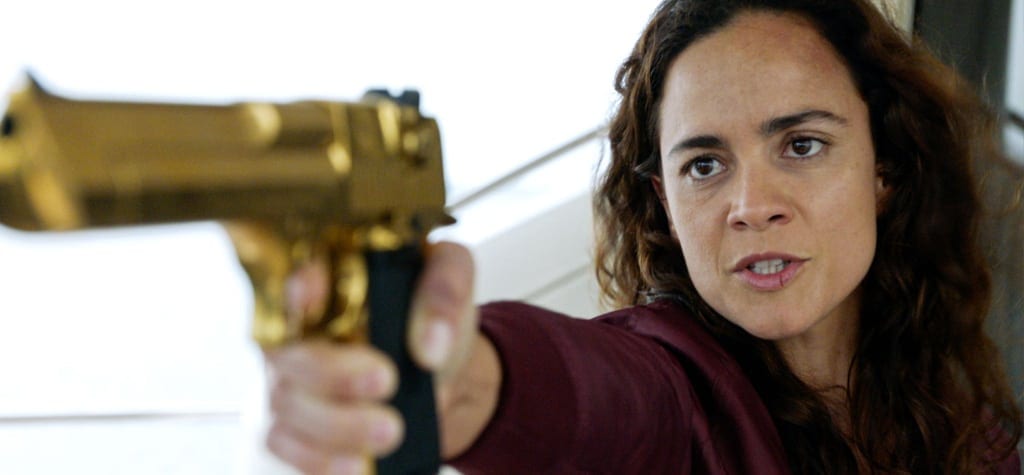
This is no coincidence – the score is led by none other than musical pioneer Giorgio Moroder, who’s been involved in such a range of projects over the years it would put Ludwig van Beethoven to shame. Starting off his career in the 70s, Moroder helped pioneer the sound of disco and italo-disco both solo and with artists like Donna Summer before moving onto movies with scores that defined 80s cinema.
His resume contains numerous films for which he wrote or co-wrote scores and soundtrack songs including Midnight Express, American Gigolo, Flashdance, Metropolis, and Scarface, not to mention two songs that pretty much made Top Gun – Kenny Loggins’ “Danger Zone” and Berlin’s “Take My Breath Away”.
Although Moroder took a twenty-year hiatus in 1992, returning to pop songwriting and recording in 2013, Queen of the South sees Moroder back doing soundtrack work with collaborator Raney Shockne – a composer and songwriter who’s also been involved in numerous high-profile projects including writing and producing songs for Britney Spears and Foxes as well as working on the likes of The Age Of Adaline and Scream 4.

For Queen of the South, their talents so far have merged beautifully to produce the sullen, synth-heavy original score that sees Moroder return to his trademark style like he’d never even left.
Deadline noted, “Recalling his classic album “From Here To Eternity” as well as the eerie melodies he wrote for Midnight Express, the Queen Of The South soundtrack also feels like the direct descendant of his work on Scarface, fitting given that the show focuses on the rise of a drug kingpin in the American South, and that their work uses digital re-creations of many of the instruments Moroder used on his classic scores.”
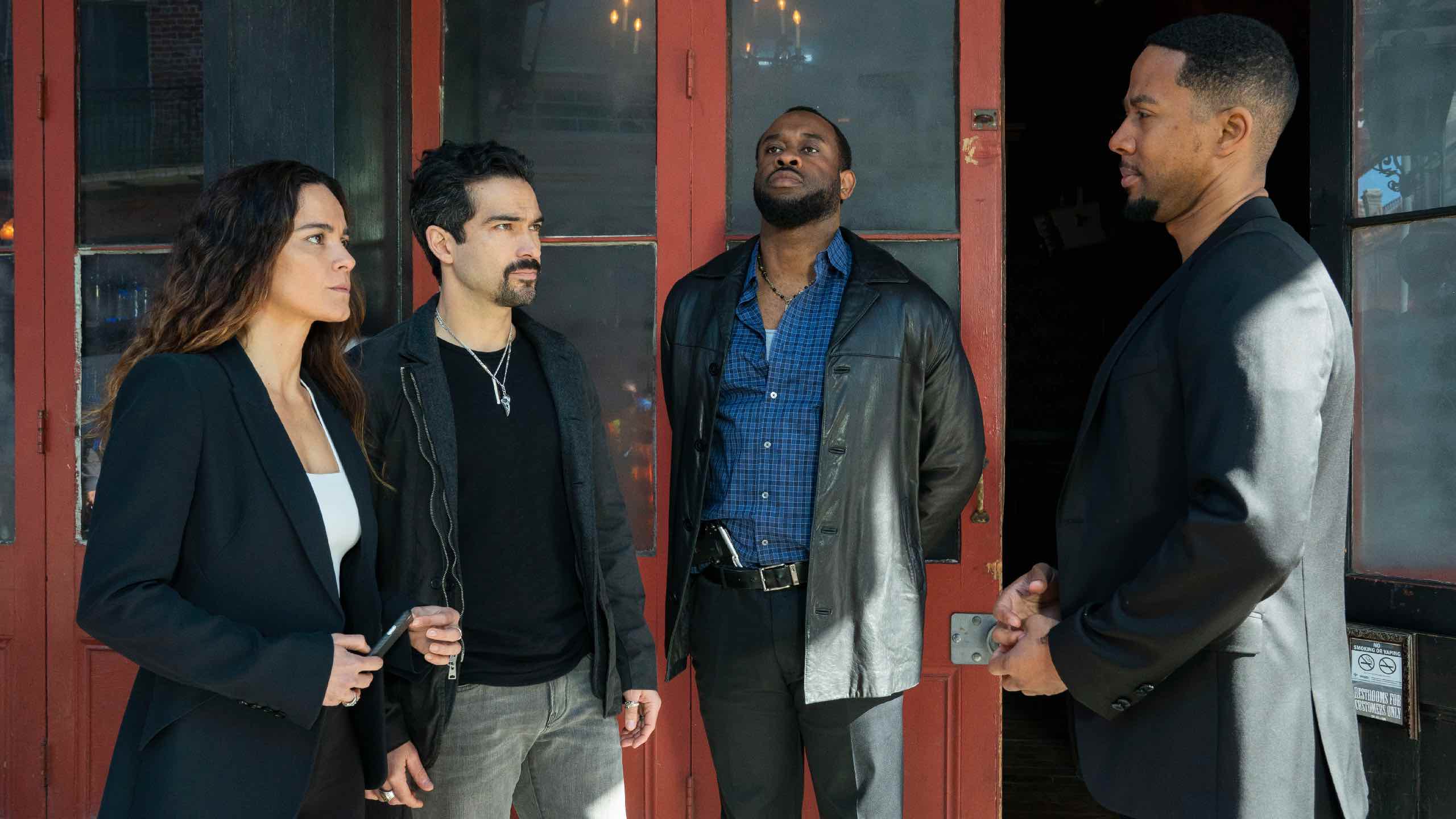
In an interview with Deadline, Moroder himself revealed his interest in Queen of the South was sparked as it reminded him of Scarface. “I just loved the idea of going back to doing soundtracks and this was the perfect opportunity to do it.”
The collaboration turned out to be the perfect choice, as the style matches the action-packed narrative of the show. Like any good gangster drama, Queen of the South builds tension with as much finesse as similar shows like Breaking Bad and Narcos, keeping its viewers enthralled with energetic fight scenes, romantic ties that form between its core characters, and the power struggle between the various cartel members as they fight dirty to get to the top.

Music is an essential element of the show, used to enhance a feeling that would not otherwise be present in a scene or sequence. As director Jonathan Lynn put it, “Music can help create tension and suspense . . . Music also can be used to create or increase a feeling of momentum and pace.”
Even in the pilot episode, we can see how Moroder matches the action with the music – when Teresa discovers (Spoiler alert!) Guero’s (Jon-Michael Ecker) been killed, a synth-heavy, pulsating track groans in the background. This ceases to slow, reaching new heights when the cartel infiltrate Chino’s (Jean Paul San Pedro) home.
As the scene descends into violence, we hear crashing sounds matching the action as Chino’s fingers are cut off before he receives a gunshot to the head. This is just one example of how Queen of the South utilizes its sound design to engulf the viewers and make them feel as if they are a part of the action.
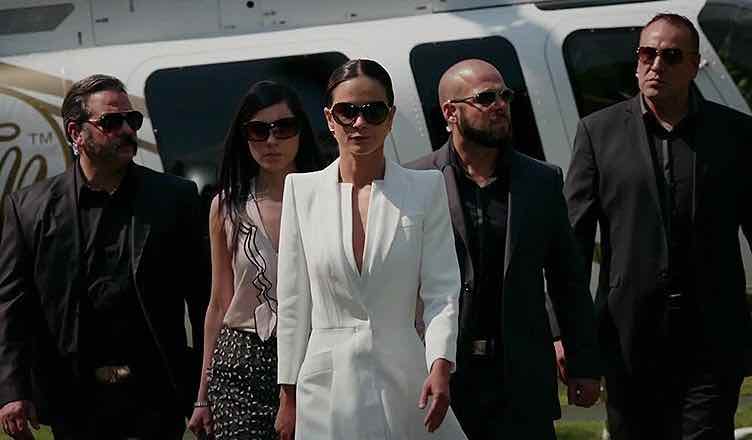
In S2E5, the complex love triangle of Teresa, James, and Guero (he’s alive!) travel to Bolivia in search of a new supplier – the enigmatic and dangerous narco cult leader El Santo. The trail leads them to a bar in which Guero reconnects with Leo, their link to El Santo and Guero’s ex-girlfriend, and what unfolds is one of the most intense scenes of the show so far.
In the opening act we see the three in a party atmosphere – it might not be the most comfortable for Teresa, but as she sits with James, Guero, and Leo, the relaxing melodies of La Luz’s “Call Me In The Day” suggest the worst is yet to come. Leo even declares “I love this song” while sipping on a shot of tequila before dragging Teresa to the dancefloor.
This changes in a flash, indicated by the sound of a whip as the venue is stormed by Bolivian militaries led by La Capitana. Suddenly the music goes from relaxing melodies to industrial beats, increasing pace as Teresa figures out what to do. After hiding their identity by claiming she is just there “to party”, Teresa huffs three honking lines of coke in a bid to prove she is telling the truth (when we all know that she isn’t).
As she goes in for a fourth, visibly on the cusp of ODing, Guero steps in and offers to pay the police off with the $100,000 they were going to use to give El Santo. It was a close shave and one that was matched perfectly with the sound of a heartbeat, the pace of which was increased each time Teresa was forced to take another line in the name of trust.

But of course, music evokes emotions too and it’s the emotional moments – the romances, the backstories, the family ties – that give a TV show heart. Elaborating on this idea, director John McNaughton explained that while it can enhance in other more mechanical ways such as setting pace or creating tension, it is the emotional quality of music which best enhances a scene.
Music can reach an audience emotionally beyond the ability of picture and sound. As an example I think of Martin Scorsese’s Taxi Driver. A yellow cab drives down a street in Times Square; we see the driver, people on the street. Now add the jazz melody composed by Bernard Herrmann and played by Tom Scott on the alto saxophone and the scene is transformed. The music gives the scene emotional focus, it tells us what to feel.

This certainly rings true for many of the scenes in Queen of the South in which the emotions are running high, for example in S2E6 during one of Teresa’s visions. When in the chapel with El Santo, she imagines escaping the military post and into the jungle where she is confronted by James. It’s at this moment the music flips the switch from the pulsating, high-tension electronic sounds to a calm, quiet groan.
As James tells her “you’re safe”, a soft melody eases in and the two kiss – the music matches the action. Not only does the viewer know they’re safe, but they feel it too, such is the power a score can have on an audience’s emotions.

Much like Moroder’s Midnight Express, Queen of the South is a stunning example of how to use instrumental scores tied in with standalone songs to create a sound design that runs side-by-side with the narrative.
Along with Shockne, the pair have tapped into his past work by dialing in the creation of synth-heavy sounds while adding modern layers on top with depth and detail. As is the case with Queen of the South, with the right sounds, melodies, and pace, a score can be transformed into the true scene-stealer of any show or film.





